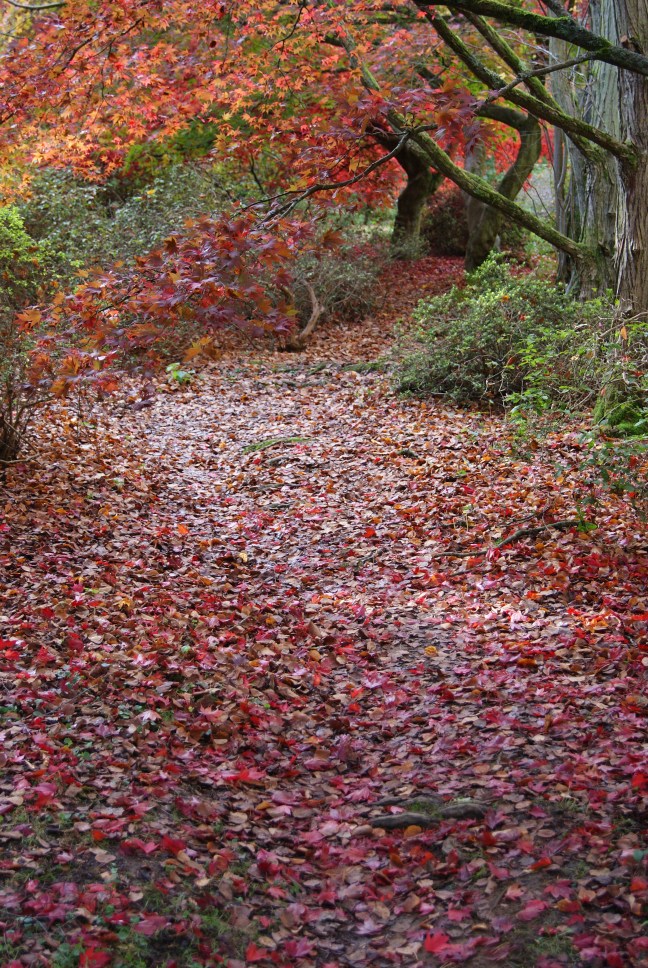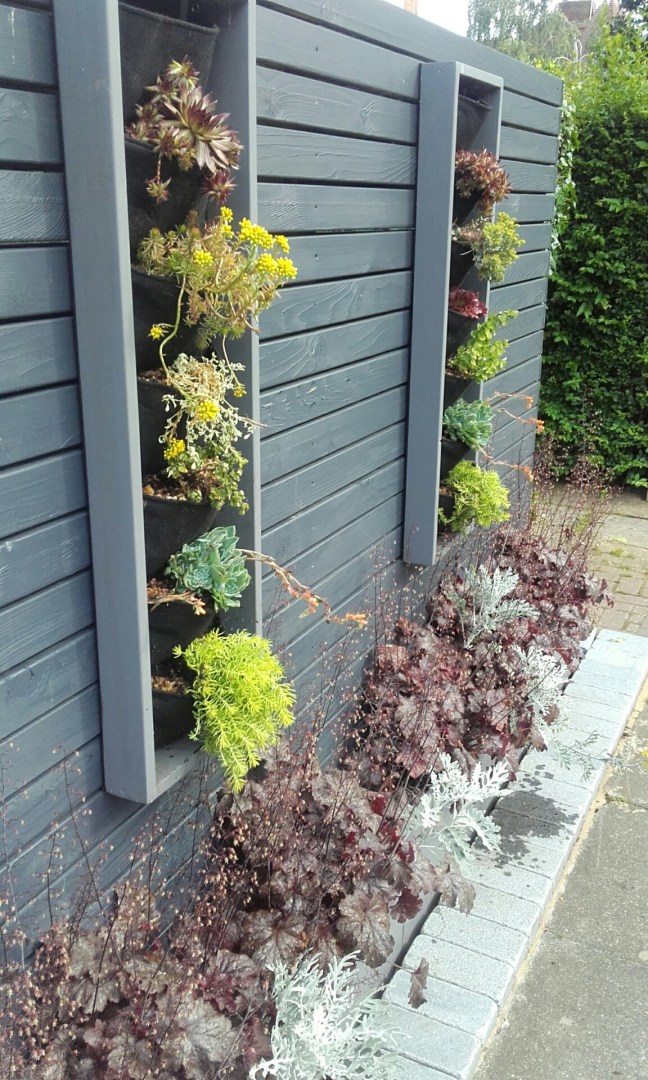The Value of Leaves
The trees have lost their leaves and what a nuisance they can be! Endless raking and binning only to repeat the process over and over. But this apparent mess created by nature can supply us with an abundant supply of humectant to enrich our soil and improve soil structure and drainage if dense due to a high clay content. It encourages air molecules to enter the soil and earthworms digest and bring the fine processed product to the lower depths of heavy soil. This aids in the releasing of the nutrients bound up in it and create an altogether more hospitable home for plant roots to spread. In sandy soils it allows a higher moisture holding content. Winter birds, insects, frogs, hedgehogs all make use of the leafy ground cover – so don’t be too hasty in hoovering up your garden as if it was an indoor carpet – it is actually the home, dinner table and future nutrition for nature and life in many forms.
The RHS website advises the following:
“Some leaves, such as oak, beech or hornbeam, break down with little assistance and produce an excellent quality product.
Thick leaves like sycamore, walnut, horse chestnut and sweet chestnut need to be shredded before adding to the leafmould pile, as they are much slower to break down. Alternatively, they can be added to the compost heap after shredding.
Evergreens such as holly, Aucuba and cherry laurel, are better shredded and added to the compost heap, where they will break down faster than if added to the leafmould pile.
Conifer needles will eventually break down, but may take two to three years to decay. Conifer hedge clippings are better added to the compost heap than used for making leafmould.
Pine needles are worth gathering and placing in a separate leafmould pile as they produce acidic leafmould, which is ideal for mulching ericaceous plants, such as rhododendrons, azaleas, camellias, Pieris and blueberries.”
A big pile 3ft by 3 ft is great if you have a shady corner. Keep it moist and aerate with a fork occasionally to speed up the process. Adding a small percentage of green waste either grass cuttings, kitchen peelings (not cooked meats or sweets as this would encourage vermin) but natural uncooked veg waste is perfect and mix in. If you are lucky enough to have a dedicated compost bin then layers of newspaper cuttings and veg waste then leaves will result in a fantastic rich and friable end result quite quickly as this mix really encourages the compost worms population to simply explode!
If you don’t have such a space then use any large plastic bin liners a pint of water into the mix and tie the tops – pile up in a hidden corner and by next year the leaves will be ready to be tipped out as top dress/mulch or soil improver forked into the top layers of soil. Just Leave the earthworms to continue the good work – the birds will benefit from the worm activity also!
ref: https://www.rhs.org.uk/advice/profile?PID=478 – article on Leaf Mould


